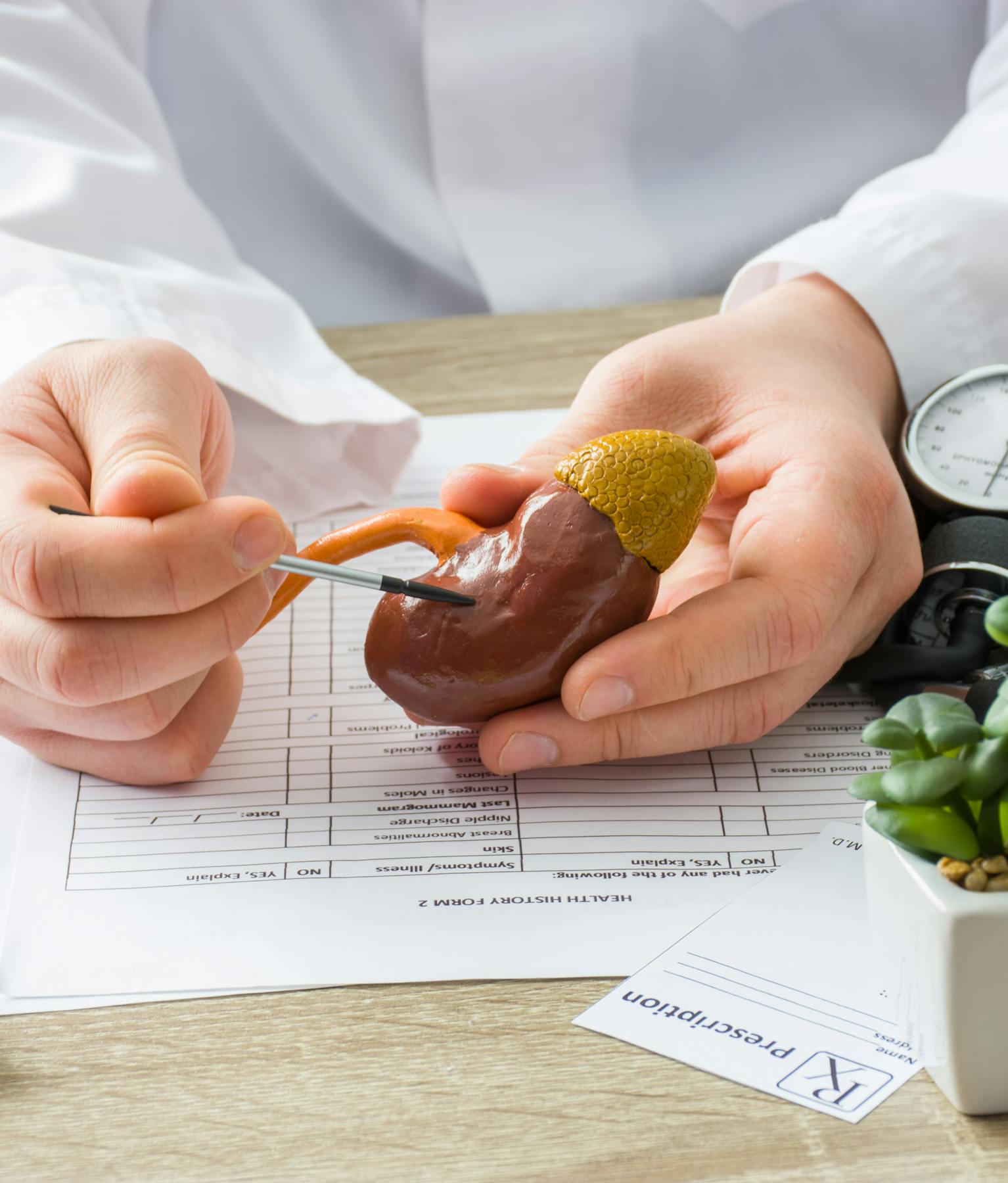
The Kidney Stone Clinic is a specialised department for the prevention, detection and treatment of kidney stones. This is a cooperation between the departments of Urology and Nephrology.
Kidney stones can cause severe pain. Anyone who has ever suffered from it will never forget it.
Kidney stones are formed by small crystals that clump together in the kidney. They can vary greatly in size and composition. When such a stone detaches from the kidney, acute renal colic may occur. A kidney stone is usually small enough to pass through the urinary tract. Sometimes the kidney stone is too big or too irregular in shape, and may get stuck in the urinary tract.
Kidney stones are common: it is estimated that one in ten people will suffer from kidney stones at some point. Men appear to be more susceptible than women. About one in a thousand people have to be admitted to hospital each year because of kidney stones.
People with a kidney stone are at high risk of suffering from a stone again later on. The probability is about 15% after one year and can reach 50% after five years. In patients with recurrent kidney stones, the risk will depend mainly on the type of stone and other risk factors. Therefore, after the acute period, we try a metabolic approach, especially for high-risk patients, aimed at giving preventive advice.
Kidney stones form when the urine contains an excessive concentration of certain substances such as uric acid, calcium or oxalate. In addition, there may be problems with solubility. Instead of dissolving in the urine, these substances form small crystals that clump together to form a stone.
Insufficient fluid intake is a major cause of kidney stones. It makes the urine too concentrated. Other causes include hereditary predisposition, dietary habits, environmental factors such as climate, infections or structural abnormalities of the urinary tract. The underlying cause will often be a combination of different factors. Hereditary diseases rarely are the cause.
Kidney stones vary both in composition and size. However, there is no connection between the size of the stone and the problem it causes. When a kidney stone detaches from the kidney and gets stuck in the ureter, renal colic occurs.
Renal colic is usually accompanied by severe flank pain and may radiate to the rest of the abdomen and the genitals on that side. The so-called urge to move is typical. Sitting still during the pain attack is difficult. The patient is restless, walks around and sometimes literally crawls on the floor in pain.
The pain typically comes in waves and goes up and down. The pain is caused by the expansion of the kidney capsule.
Other symptoms are often haematuria or blood in the urine, pain when urinating, nausea or vomiting.
If there is a secondary infection, this may be accompanied by fever or chills. This always requires urgent treatment.
There are different types of kidney stones. Calcium stones are the most common ones (80 %). There are also uric acid stones (5-8%) and struvite stones (10%). The latter only occur in people with urinary tract infections, which are caused by a certain group of bacteria. In addition, there are some rare abnormalities, such as cystine stones, which are hereditary. Some kidney stones are caused by taking certain medications.
The doctor will ask you to collect the stone for stone analysis and to determine its exact composition. Even an old stone can be analysed. To collect the stone, you can pee through a sieve or a coffee filter, or you can collect the urine in a jar and then sieve it.